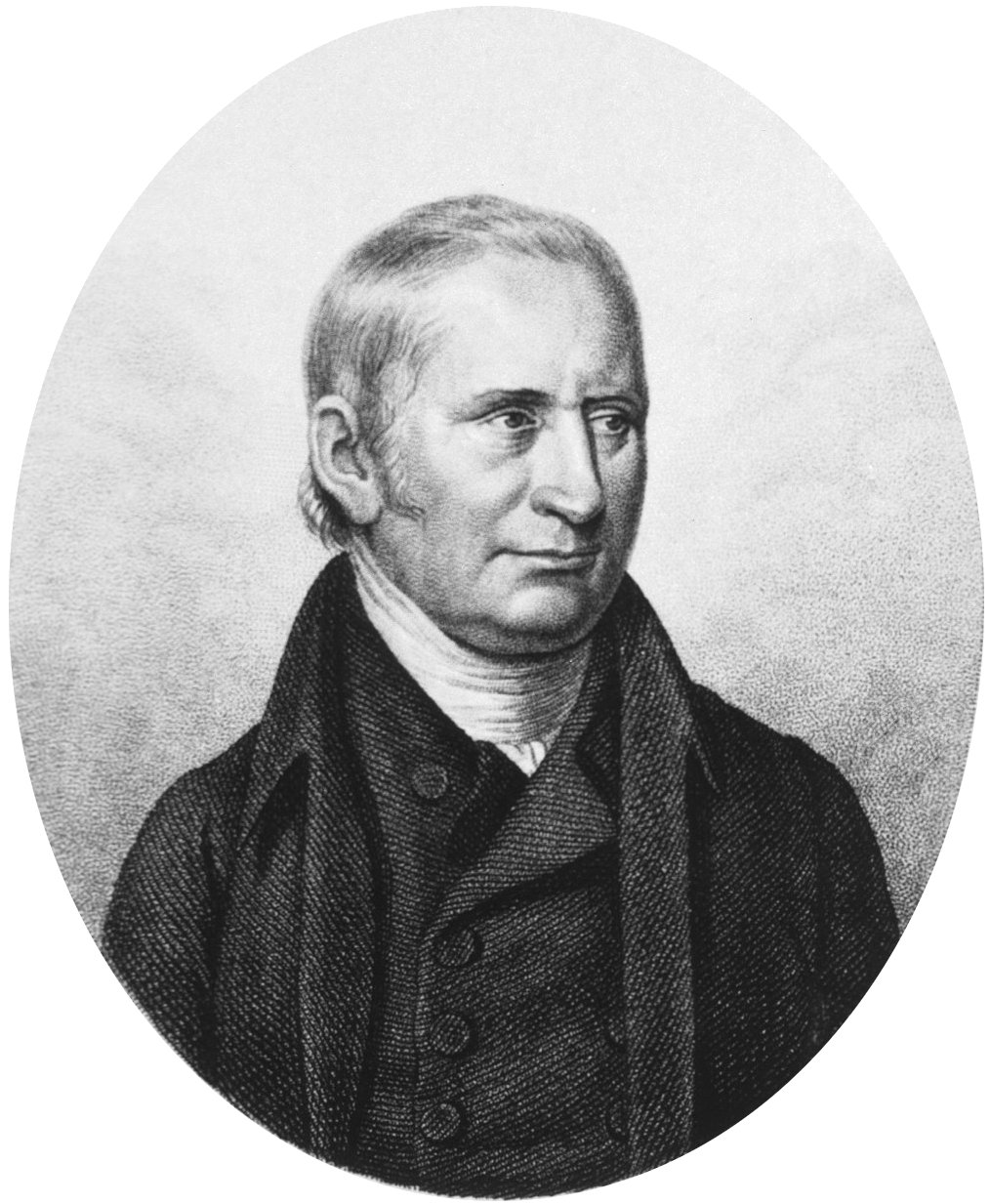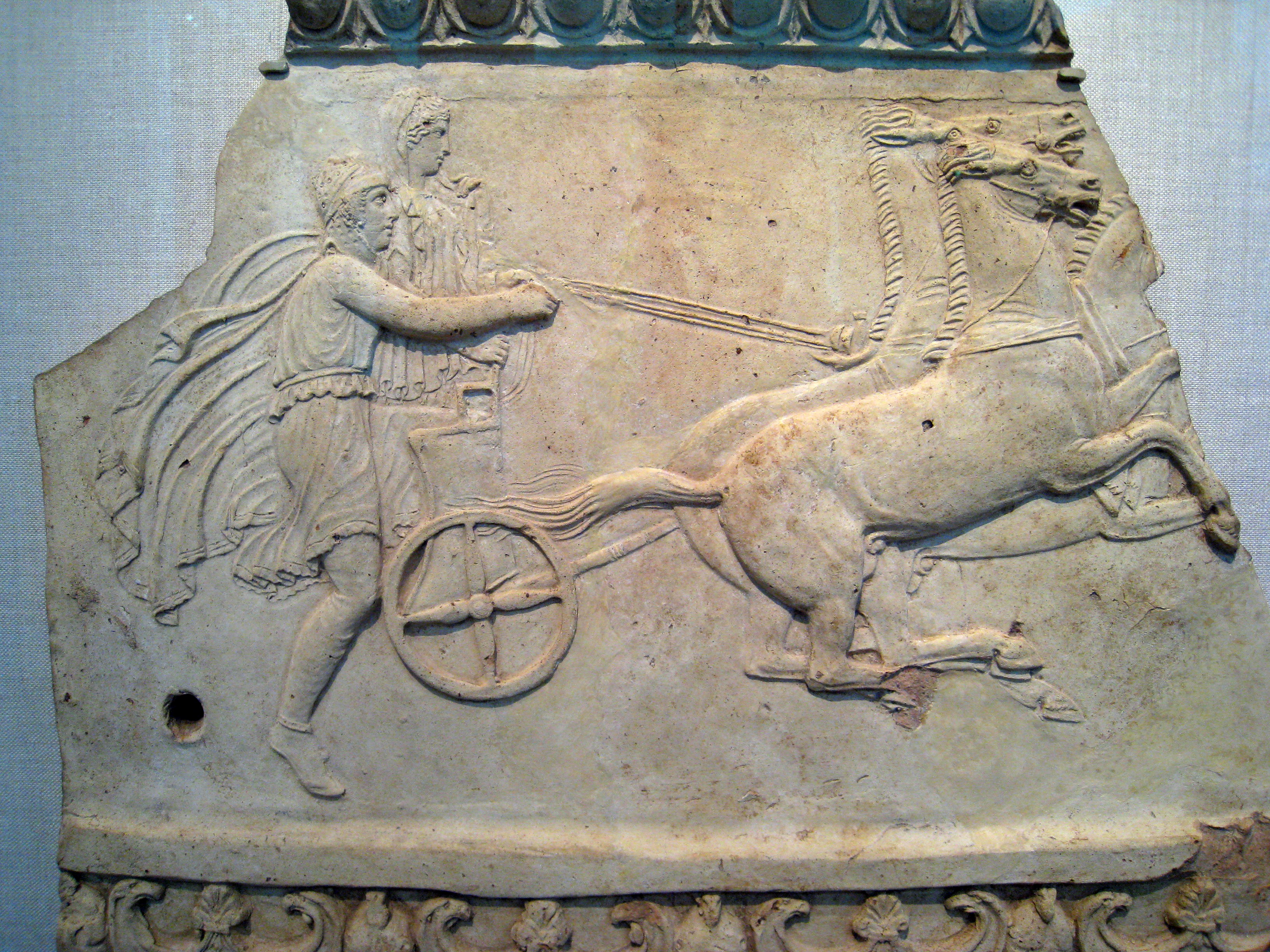|
Hippodamia Quinquesignata
''Hippodamia quinquesignata'', the five-spotted lady beetle, is a species of lady beetle in the family Coccinellidae. It is found in North America. Subspecies These four subspecies belong to the species ''Hippodamia quinquesignata'': * ''Hippodamia quinquesignata ambigua'' LeConte, 1852 ** ''H. q. ambigua'' is usually, but not always, spotless. This subspecies is generally found west of the Sierra Nevada The Sierra Nevada () is a mountain range in the Western United States, between the Central Valley of California and the Great Basin. The vast majority of the range lies in the state of California, although the Carson Range spur lies primarily .... * ''Hippodamia quinquesignata coccinea'' Casey * ''Hippodamia quinquesignata punctulata'' LeConte, 1852 * ''Hippodamia quinquesignata quinquesignata'' (Kirby, 1837) References Further reading * External links * Coccinellidae Articles created by Qbugbot Beetles described in 1837 Beetles of North America { ... [...More Info...] [...Related Items...] OR: [Wikipedia] [Google] [Baidu] |
William Kirby (entomologist)
William Kirby (19 September 1759 – 4 July 1850) was an English entomologist, an original member of the Linnean Society and a Fellow of the Royal Society, as well as a country rector, so that he was an eminent example of the " parson-naturalist". The four-volume ''Introduction to Entomology'', co-written with William Spence, was widely influential. Family origins and early studies Kirby was a grandson of the Suffolk topographer John Kirby (author of ''The Suffolk Traveller'') and nephew of artist-topographer Joshua Kirby (a friend of Thomas Gainsborough's). He was also a cousin of the children's author Sarah Trimmer. His parents were William Kirby, a solicitor, and Lucy Meadows. He was born on 19 September 1759 at Witnesham, Suffolk, and studied at Ipswich School and Caius College, Cambridge, where he graduated in 1781. Taking holy orders in 1782, he spent his entire working life in the peaceful seclusion of an English country parsonage at Barham in Suffolk, working at t ... [...More Info...] [...Related Items...] OR: [Wikipedia] [Google] [Baidu] |
Lady Beetle
Coccinellidae () is a widespread family of small beetles ranging in size from . They are commonly known as ladybugs in North America and ladybirds in Great Britain. Some entomologists prefer the names ladybird beetles or lady beetles as they are not true bugs. Many of the species have conspicuous aposematic colours and patterns, such as red with black spots, that warn potential predators that they are distasteful. The majority of the more than 6,000 described species are generally considered beneficial insects, because many prey on herbivorous hemipterans such as aphids or scale insects, which are agricultural pests. Many coccinellids lay their eggs directly in aphid and scale insect colonies, ensuring their larvae have an immediate food source. However, some species such as the herbivorous Mexican bean beetle are agricultural pests. Etymology The name ''coccinellids'', created by Pierre André Latreille, is derived from the Latin word ''coccineus'' meaning "scarlet". The na ... [...More Info...] [...Related Items...] OR: [Wikipedia] [Google] [Baidu] |
Coccinellidae
Coccinellidae () is a widespread family of small beetles ranging in size from . They are commonly known as ladybugs in North America and ladybirds in Great Britain. Some entomologists prefer the names ladybird beetles or lady beetles as they are not true bugs. Many of the species have conspicuous aposematic colours and patterns, such as red with black spots, that warn potential predators that they are distasteful. The majority of the more than 6,000 described species are generally considered beneficial insects, because many prey on herbivorous hemipterans such as aphids or scale insects, which are agricultural pests. Many coccinellids lay their eggs directly in aphid and scale insect colonies, ensuring their larvae have an immediate food source. However, some species such as the herbivorous Mexican bean beetle are agricultural pests. Etymology The name ''coccinellids'', created by Pierre André Latreille, is derived from the Latin word ''coccineus'' meaning "scarl ... [...More Info...] [...Related Items...] OR: [Wikipedia] [Google] [Baidu] |
North America
North America is a continent in the Northern Hemisphere and almost entirely within the Western Hemisphere. It is bordered to the north by the Arctic Ocean, to the east by the Atlantic Ocean, to the southeast by South America and the Caribbean Sea, and to the west and south by the Pacific Ocean. Because it is on the North American Plate, North American Tectonic Plate, Greenland is included as a part of North America geographically. North America covers an area of about , about 16.5% of Earth's land area and about 4.8% of its total surface. North America is the third-largest continent by area, following Asia and Africa, and the list of continents and continental subregions by population, fourth by population after Asia, Africa, and Europe. In 2013, its population was estimated at nearly 579 million people in List of sovereign states and dependent territories in North America, 23 independent states, or about 7.5% of the world's population. In Americas (terminology)#Human ge ... [...More Info...] [...Related Items...] OR: [Wikipedia] [Google] [Baidu] |
Sierra Nevada
The Sierra Nevada () is a mountain range in the Western United States, between the Central Valley of California and the Great Basin. The vast majority of the range lies in the state of California, although the Carson Range spur lies primarily in Nevada. The Sierra Nevada is part of the American Cordillera, an almost continuous chain of mountain ranges that forms the western "backbone" of the Americas. The Sierra runs north-south and its width ranges from to across east–west. Notable features include General Sherman, the largest tree in the world by volume; Lake Tahoe, the largest alpine lake in North America; Mount Whitney at , the highest point in the contiguous United States; and Yosemite Valley sculpted by glaciers from one-hundred-million-year-old granite, containing high waterfalls. The Sierra is home to three national parks, twenty wilderness areas, and two national monuments. These areas include Yosemite, Sequoia, and Kings Canyon National Parks; and Dev ... [...More Info...] [...Related Items...] OR: [Wikipedia] [Google] [Baidu] |
University Of California Press
The University of California Press, otherwise known as UC Press, is a publishing house associated with the University of California that engages in academic publishing. It was founded in 1893 to publish scholarly and scientific works by faculty of the University of California, established 25 years earlier in 1868, and has been officially headquartered at the university's flagship campus in Berkeley, California, since its inception. As the non-profit publishing arm of the University of California system, the UC Press is fully subsidized by the university and the State of California. A third of its authors are faculty members of the university. The press publishes over 250 new books and almost four dozen multi-issue journals annually, in the humanities, social sciences, and natural sciences, and maintains approximately 4,000 book titles in print. It is also the digital publisher of Collabra and Luminos open access (OA) initiatives. The University of California Press publishes i ... [...More Info...] [...Related Items...] OR: [Wikipedia] [Google] [Baidu] |
Hippodamia Quinquesignata Ambigua
Hippodamia (, ; also Hippodamea and Hippodameia; Ancient Greek: Ἱπποδάμεια "she who masters horses" derived from ''hippos'' "horse" and ''damazein'' "to tame") was a Greek mythological figure. She was the queen of Pisa as the wife of Pelops. Family Hippodamia was the daughter of King Oenomaus of Pisa either by Sterope, daughter of Atlas and Pleione, Evarete, daughter of Acrisius and Eurydice, or Eurythoe, daughter of Danaus. She was probably the sister of Leucippus and Alcippe, wife of Evenus and mother of Marpessa. Hippodamia married Pelops, son of King Tantalus of Lydia, and their daughters were Astydameia, Nicippe, Lysidice, Mytilene, and Eurydice, and their sons were Atreus, Thyestes, Pittheus, Alcathous, Troezen, Hippalcimus, Copreus, Dias, and Hippasus. Aelius, Cleonymus, Sciron, Argeius, Corinthius, Dysponteus, and Pleisthenes are also listed as her sons. Mythology Hippodamia's father, King Oenomaus of Pisa, was fearful of a prophecy that claimed he ... [...More Info...] [...Related Items...] OR: [Wikipedia] [Google] [Baidu] |
Articles Created By Qbugbot
Article often refers to: * Article (grammar), a grammatical element used to indicate definiteness or indefiniteness * Article (publishing), a piece of nonfictional prose that is an independent part of a publication Article may also refer to: Government and law * Article (European Union), articles of treaties of the European Union * Articles of association, the regulations governing a company, used in India, the UK and other countries * Articles of clerkship, the contract accepted to become an articled clerk * Articles of Confederation, the predecessor to the current United States Constitution * Article of Impeachment, a formal document and charge used for impeachment in the United States * Articles of incorporation, for corporations, U.S. equivalent of articles of association * Articles of organization, for limited liability organizations, a U.S. equivalent of articles of association Other uses * Article, an HTML element, delimited by the tags and * Article of clothing, ... [...More Info...] [...Related Items...] OR: [Wikipedia] [Google] [Baidu] |
Beetles Described In 1837
Beetles are insects that form the order Coleoptera (), in the superorder Endopterygota. Their front pair of wings are hardened into wing-cases, elytra, distinguishing them from most other insects. The Coleoptera, with about 400,000 described species, is the largest of all orders, constituting almost 40% of described insects and 25% of all known animal life-forms; new species are discovered frequently, with estimates suggesting that there are between 0.9 and 2.1 million total species. Found in almost every habitat except the sea and the polar regions, they interact with their ecosystems in several ways: beetles often feed on plants and fungi, break down animal and plant debris, and eat other invertebrates. Some species are serious agricultural pests, such as the Colorado potato beetle, while others such as Coccinellidae (ladybirds or ladybugs) eat aphids, scale insects, thrips, and other plant-sucking insects that damage crops. Beetles typically have a particularly hard exo ... [...More Info...] [...Related Items...] OR: [Wikipedia] [Google] [Baidu] |




.jpg)


